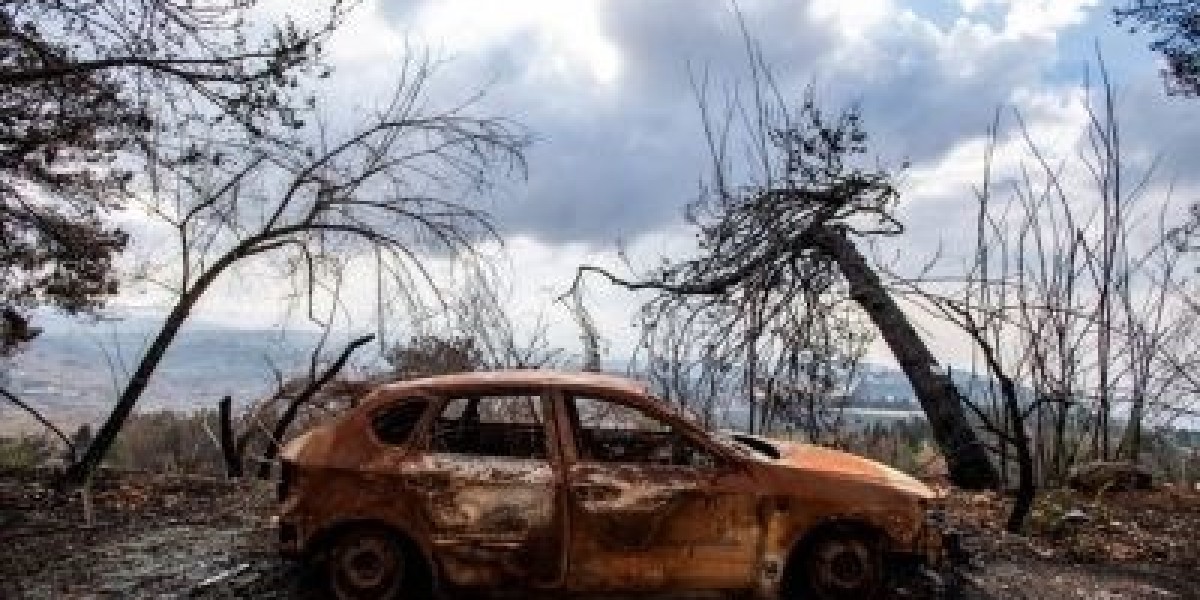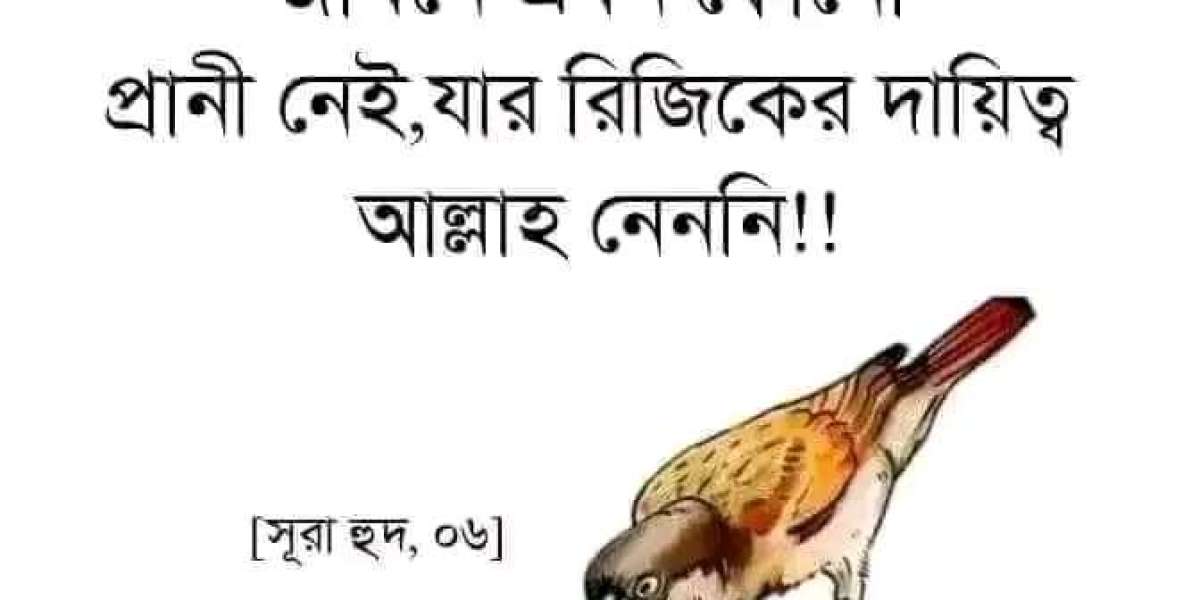Jumbangla Desk: Commuters are suffering every day due to the crisis of public transport. The permissible limit of buses-minibuses for 110 routes of Dhaka is 7 thousand 43. A government committee has proposed this limit based on demand and route capacity. According to BRTA data, a total of 893 buses and minibuses have been registered in Dhaka metropolis in the first 9 months of this year. 1 thousand 887 in 2023 and 2 thousand 233 buses-minibuses have been registered in 2022.
become
Ordinary people and passengers are paying the price of small cars on the road at a higher rate. Due to these vehicles, traffic jams are created on the roads. Being stuck in traffic for hours is having a negative impact on people's work. People's passion for work is disappearing. As a result, working hours are lost.
Due to traffic congestion, the number of large vehicles on the road has decreased. In this regard, a transport owner said on the condition of anonymity that the drivers do not want to take cars on a fixed amount contract as before. They say that they have to pay half of the income. The reason they say is that the amount of traffic on the road makes it difficult to make even two trips in a day. A Savar Paribahan driver going from Savar to Sadarghat said, 'If I leave Savar in the morning with a car, there is no fixed time limit as to when I can reach Sadarghat. Due to the traffic jam, many times we are forced to take a detour from Gulistan instead of going to Sadarghat. But there is another problem when driving from Gulistan. Traffic police do not allow u-turn except at specified place. If you follow the traffic laws again, you have to get into the traffic jam. So we are not encouraged to take cars on contract.'
Bus minibus crisis: Analyzing the data of Bangladesh Road Transport Authority (BRTA), it has been found that only 45000 vehicles are plying on these routes, which is about two-thirds of the required number. With less public transport on the roads, many commuters are turning to smaller vehicles like private cars, autorickshaws and rickshaws, exacerbating the capital's heavy traffic congestion.
Md working in private institutions. Tutul said that he is facing serious problems while using public transport to travel from his office in Farmgate to his residence in Old Dhaka. Even a year ago there was a bus (route number 3) every 10 minutes to Farmgate around 9pm. Now he has to wait for a long time for the bus.
What BRTA says: According to BRTA data, there are 386 approved routes in the city and adjoining areas, but only 110 of them are operational now. Because the authorities have merged several of these routes about a decade ago. Dhaka Metropolitan Police Commissioner-led government agency has received 5 thousand 594 bus route permits from Dhaka Metro Passenger and Goods Transport Committee.
An official of BRTA, who did not wish to be named, said that considering the capacity and requirements, the government committee has recommended giving route permits to 7 thousand 43 buses and minibuses on 110 routes. But in March 2019, another committee headed by the then mayor of Dhaka South City Corporation, Saeed Khokon, decided not to grant route permits to the new buses. They decided to launch a pilot project to rationalize the routes. Note that route permits of 1,150 buses and minibuses have already been canceled as they have exceeded their lifespan of 20 years. This official of BRTA said that currently 4 thousand 444 buses are allowed to ply in Dhaka and surrounding areas. He pointed out that the stoppage of issuing route permits for more than five years was the major reason behind the decrease in the number of buses in the city.
Syndicate influence: No one gets a route permit without paying huge sums of money to a powerful syndicate of transport owners, said a transport leader who did not wish to be named. As a result, entrepreneurs have lost interest in operating buses. A BRTA official said most bus owners in the city hire drivers on a daily basis. In this system known as trip-based service, drivers pay the owner a fixed amount based on daily trips. Drivers are driving recklessly in order to make more profit than they can afford, which poses serious risks. This official believes that the quality of bus service in the capital has not improved as a result of this system.
African animals fear humans more than lions: study
In this regard, transport expert Professor Moazzem Hossain said that heavy investment projects like Metrorail were prioritized during the previous government's tenure instead of bus services. One line of Metrorail has been commissioned and two more are under construction. If the bus routes are activated properly, the number of passengers traveling by bus will be four to five times that of the three lines of Metrorail.

















































